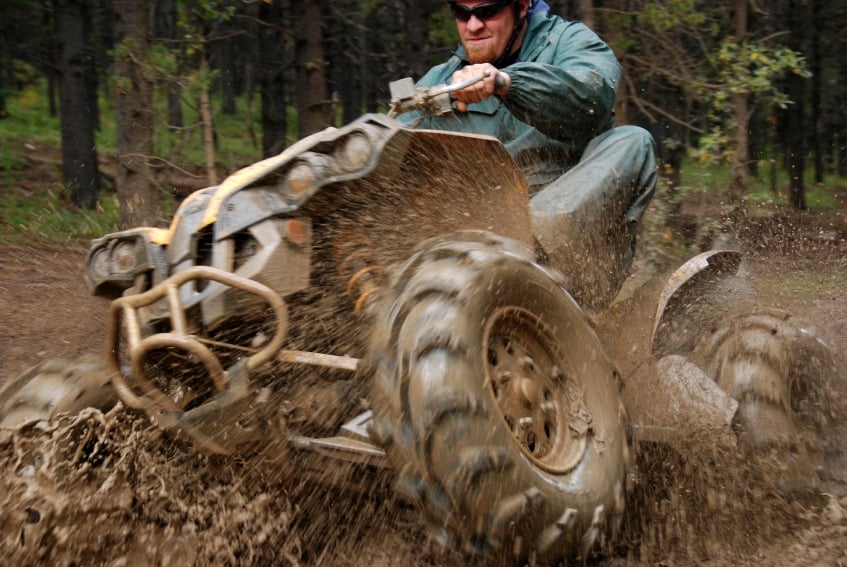On 25 January 2010, Jalor Tools P/L was convicted of two breaches of the 1985 version of Victoria’s OHS Act following the death of Ekaterini Peripetsakis in the week before Christmas in 2006. Ekaterini was hit in the chest by a piece of the router tool that broke off at very high speed striking killing her. She was working in her family’s cabinet making business.
Jalor Tools was prosecuted by WorkSafe Victoria because there was no information provided about the maximum permissible operating speed of the router – between 6,000 and 8,000 rpm. Continue reading “Prosecution of manufacturer of plant”

 One could be
One could be  I have met John Merritt over a number of years and from before he became the executive director of WorkSafe in 2001. During his time with the
I have met John Merritt over a number of years and from before he became the executive director of WorkSafe in 2001. During his time with the 

